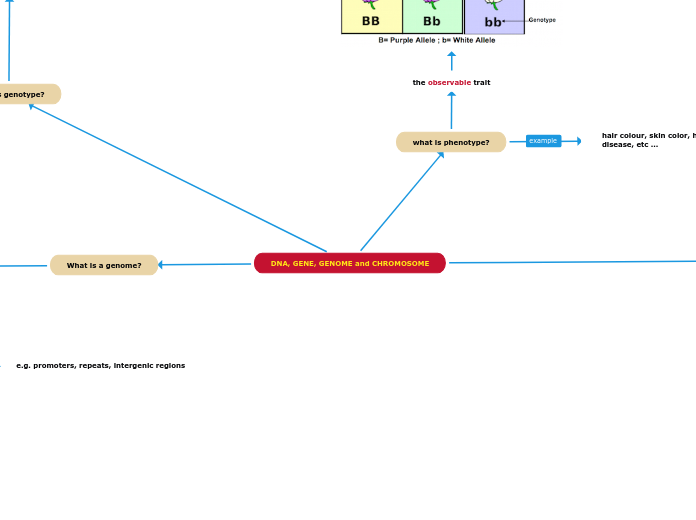Protein Synthesis (6.1,6.2-6.3)
Linking words in any style of writing will help the reader to follow the flow of information.
These will show contrast, connection, condition between two things.
Genetic Code
Therefore, so, consequently and as a result are all used in a similar way.
So is more informal.
The genetic code specifies how genetic information is converted from a nucleotide sequence to an amino acid sequence of a protein. Experiments by Crick and Brenner showed that the genetic code is read three nucleotides at a time.
Characteristics of the Code
Universal
Almost all organisms build proteins with the genetic code. There are some rare exceptions in some protists. A codon in a fruit fly codes for the same amino acid as in a human. (Genetic cloning)
Continuous
It reads as a series of three letter codons without spaces, punctuation, or overlap. Knowing exactly where to start and stop protein synthesis is essential. A shift of one or two nucleotides in either direction can alter the codon groupings and result in an incorrect amino acid
Redundancy
More than one codon can code for the same amino acid. There are only three codons that do not code for any amino acid (stop signals). 64 possible codons, but only 20 amino acids.
Rules for determining how the genetic information, in the form of a nucleotide sequence is converted to an amino acid sequence of a protein. Specifying the relationship between nucleotide codon and an amino acid.
4 nucleotides in RNA (A,U,C and G) but there are 20 different amino acids
triplet hypothesis: a proposal that the genetic code is read 3 nucleotide bases (codon at a time).
Finding a messenger between DNA and Proteins
These words are used to make a general statement.
mRNA is a type of RNA that acts as a "genetic messenger" and contains the genetic information of a gene and carries it to the protein synthesis machinery. It provides the information tgat determibes the amino acid sequence of a protein.
They have a particular amino acid sequence (protein)
The transfer of Information from DNA
Use these words at the beginning of the sentence to give a summary of what has been said or written.
Scientists discovered that there is a relationship between genes and proteins, which led others to investigate.
Beadle and Tatum
Concluded that one gene specifies one enzyme
One-gene/one-polypeptide.
hypothesis: a proposal that one gene codes for one polpeptidw
A specific sequence of DNA that encodes for proteibs and RNA moldcules, and can contain sequences that influences the productiin of these molecules.
Mutations are permanent changes in DNA. They
may involve the insertion, deletion, or substitution of individual nucleotides, or larger-scale rearrangements of portions of chromosomes.
Mutations may be spontaneous, or they may be induced by exposure to physical or chemical mutagens. Mutations may be harmful to cells. For example, mutations that disrupt gene expression or the cell cycle may result in disorders such as cancer.
Proteins and fats can enter into glycolysis or Krebs cycle at different points.
Gene Expression
These words are useful when you want to refer to one of two points, to list ideas.
The following is a good way of starting a list.
• The processes of gene expression govern the development of living organisms.
Translation
Same process as the Transcription because it also has initiation, elongation, and termination
Within all cells, the translation machinery resides within a specialized organelle called the ribosome. In eukaryotes, mature mRNA molecules must leave the nucleus and travel to the cytoplasm, where the ribosomes are located. On the other hand, in prokaryotic organisms, ribosomes can attach to mRNA while it is still being transcribed. In this situation, translation begins at the 5' end of the mRNA while the 3' end is still attached to DNA.
During translation, which is the second major step in gene expression, the mRNA is "read" according to the genetic code, which relates the DNA sequence to the amino acid sequence in proteins (Figure 2). Each group of three bases in mRNA constitutes a codon, and each codon specifies a particular amino acid (hence, it is a triplet code). The mRNA sequence is thus used as a template to assemble—in order—the chain of amino acids that form a protein.
the synthesis of protein from an RNA template
From RNA to make new proteins (translation).
Transcription: synthesizing RNA from DNA
three defined stages initiation, elongation, and termination During transcription, the antisense strand of a gene is used as a template to synthesize a strand of mRNA.
Termination when RNA polymerase crosses a stop (termination) sequence in the gene, transcription is terminated, or ends. When the mRNA strand is finished, it separates from the DNA.
Elongation a controlled process in which, as RNA polymerase travels along DNA, an RNA chain complementary to the template strand of DNA is created. Walks along the 3' to 5'
During the initiation phase, the correct position for transcription to start is selected and the transcription machinery, composed of a large protein-DNA complex, is assembled. For each gene, only one strand of the double-stranded DNA molecule is transcribed. This strand is called the antisense strand or template strand. Sense strand or coding strand. It's not transcribed.
RNA polymerase binds tightly to a promoter region on the DNA.This region contains special sequences of nucleotides.
The synthesis of RNA from a DNA template
The central dogma of Genetics is this theory that genetic information flows from DNA to RNA to protein
The ribosomes serve as factories in the cell where the information is ‘translated’ from a code into the functional product.
The fundamental tenet of molecular biology explains how genetic information moves from DNA to RNA to produce a protein, which is a useful end product.
Example









